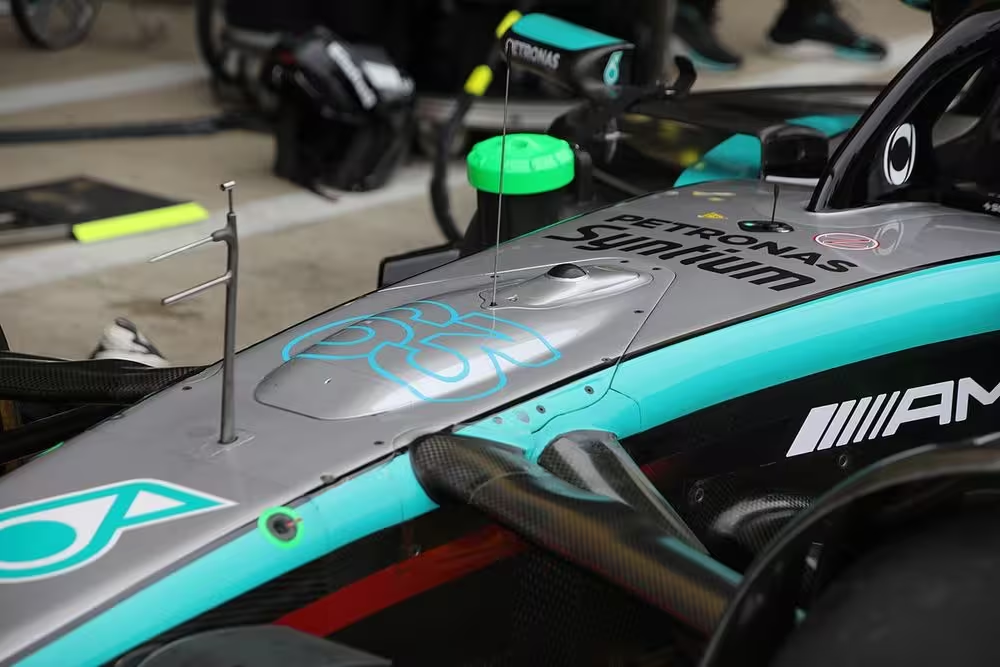Lewis Hamilton’s victory in Formula 1’s British Grand Prix proved that Mercedes finally appears to be properly back in the game.
For where George Russell’s triumph in Austria owed much to the race leaders crashing out, Hamilton’s Silverstone win was one based on pure pace – where it could be argued the W15 was the fastest car.
Mercedes has made great progress this year and has unlocked significant gains from its car – which are the result of it finally understanding what is needed to make a current ground effect machine fast.
As team boss Toto Wolff said: “It clicked. Suddenly everything that didn’t make sense made sense. And the development direction is or the results of the development directions in back in the old days. We are finding performance, we’re putting it on the car, and it translates into lap time. And that wasn’t the case for the last two years.”
But the biggest breakthrough for Mercedes was not it suddenly unleashing a new aero component that produced a ton more downforce.
Instead, according to Wolff, it was down to the way that the team under technical director James Allison has been able to harness its package to bring a great car balance – which has helped put it in a happy place for both Hamilton and Russell.
Wolff added: “There was a moment where, led by James, suddenly the data made sense. The way we made it, the way we balanced the car and how we could bring it in a better sweet spot – that was the main thing. It wasn’t a miracle front wing. It was more the balance that we achieved.”
This reference to balance is interesting because it can often be the result of progress under the skin with mechanical aspects, like suspension and springs.
And whether it is a simple coincidence, or there is more to it, a tweak to a vanity panel on the nose of the W15 that first appeared at the Austrian Grand Prix may have offered a clue about a potential damper change that could have contributed to its progress.
Mercedes W15 technical detail
Photo by: Giorgio Piola
The vanity panel (pictured above) features a new bulge, which the team claims is all related to cooling – and is a means to increase the passage of cool air into the cockpit, albeit without the forward-facing inlet that the team has used before.
However, the idea that the new bulge is wholly related to cooling seems to be in contrast to how the air would move through that portion of the car. Usually, you would expect driver…
Click Here to Read the Full Original Article at Autosport.com – Formula 1 – Stories…

